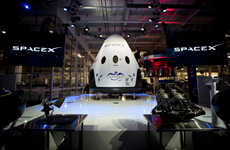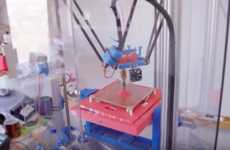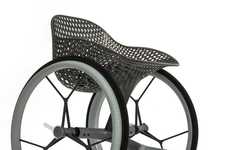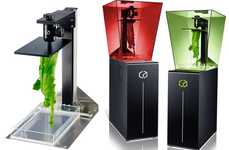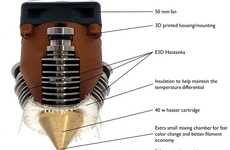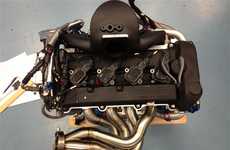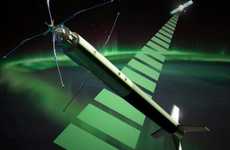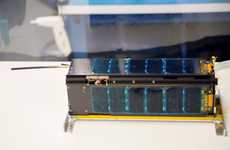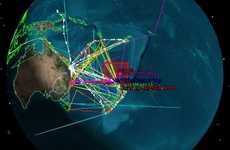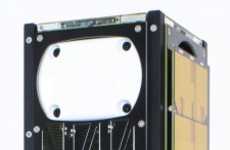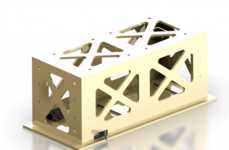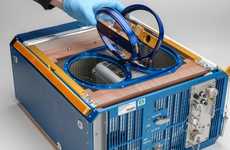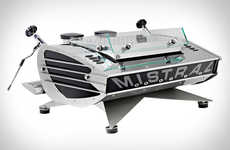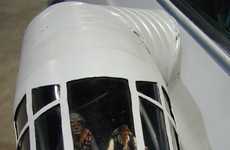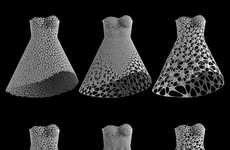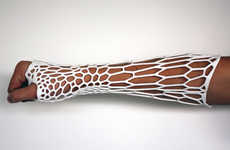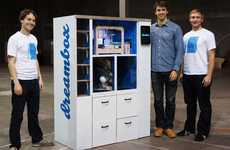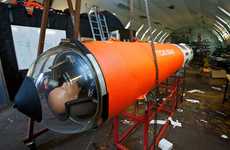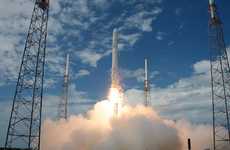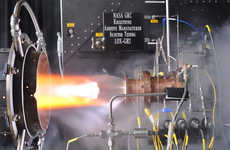



Companies develop cutting edge aerospace products with 3D printed technology
Implications - 3D printing is broadening the aerospace industry's manufacturing spectrum. Through laser print technologies, complicated concepts are being brought to life with automated precision. Surges in this approach to production is reflective of a current fascination with 3D printing, which is becoming readily available for talented teams and everyday consumers alike.
Trend Themes
1. Increase in 3D Printing Technology - The aerospace industry is now using 3D printing technology to manufacture complex and intricate designs with automated precision which is reflective of a current fascination with 3D printing.
2. Battery-powered Launches - Companies are developing hydrazine-free or electric fuel systems like the Electron Launch System which could revolutionize the space exploration industry, lead to an exponential rise in number of satellite launches and provide valuable alternatives to traditional fuel systems.
3. 5D Printing Machines - Emerging technologies in printing include five-axis additive manufacturing process which prints parts that are more effective with material use and can take more pressure, since there is less stress that collects at the seams.
Industry Implications
1. Aerospace Industry - 3D printing is allowing the aerospace industry to create complex and intricate designs with automated precision, decreasing cost and production time of important components.
2. Space Exploration Industry - Battery-powered or hydrazine-free electric fuel systems provide alternatives to traditional fuel systems and could lead to an exponential rise in the number of satellite launches.
3. Manufacturing Industry - The emergence of 5D printing machines enables manufacturing to print parts that are stronger and more effective with material use, which is an opportunity for manufacturers to innovate and create high-performing products.
